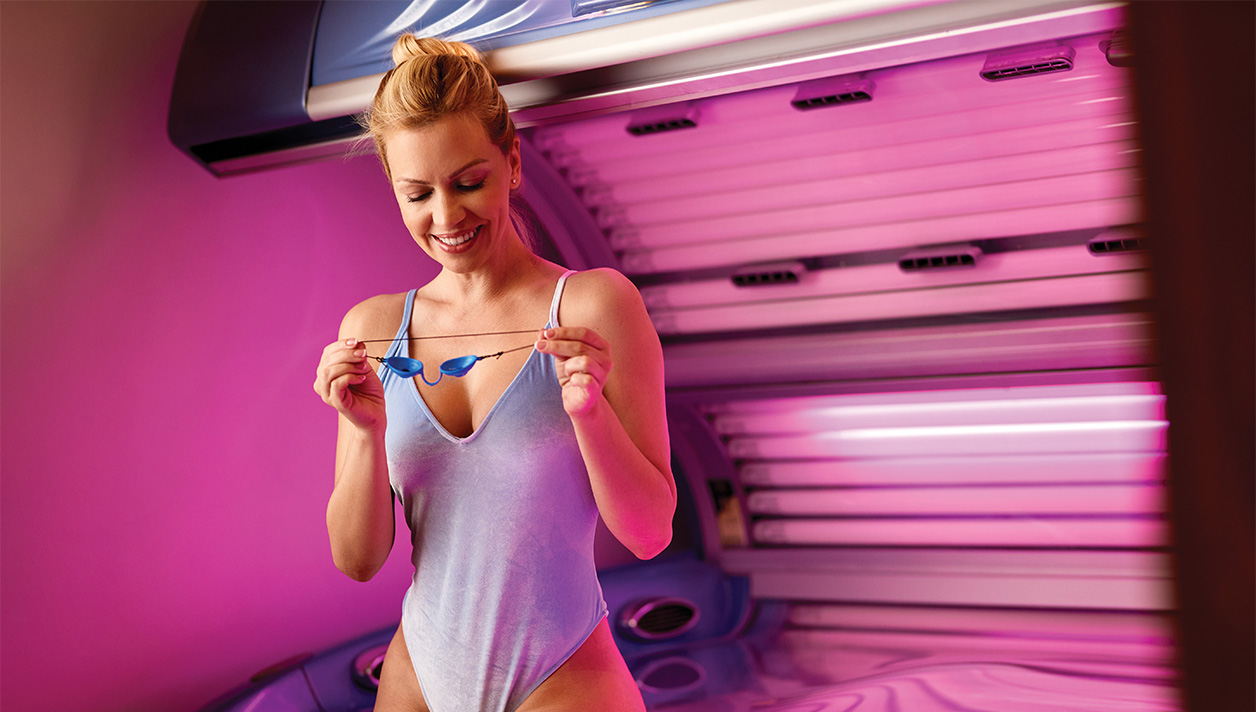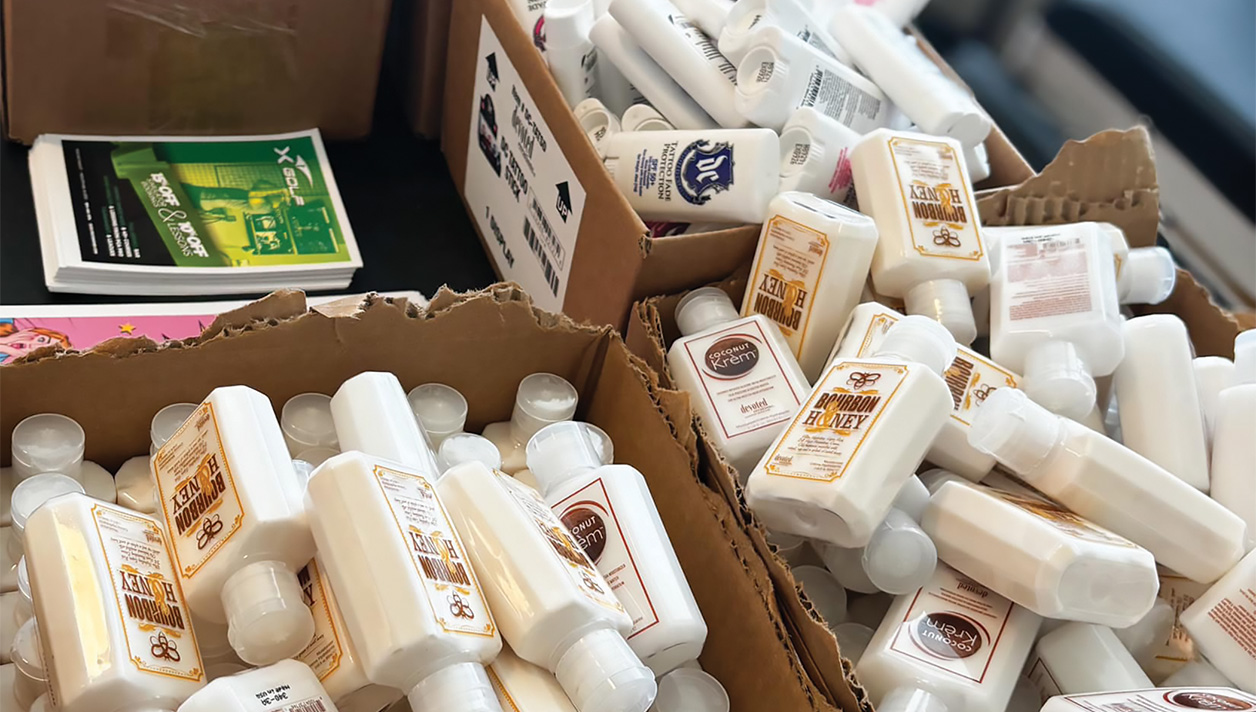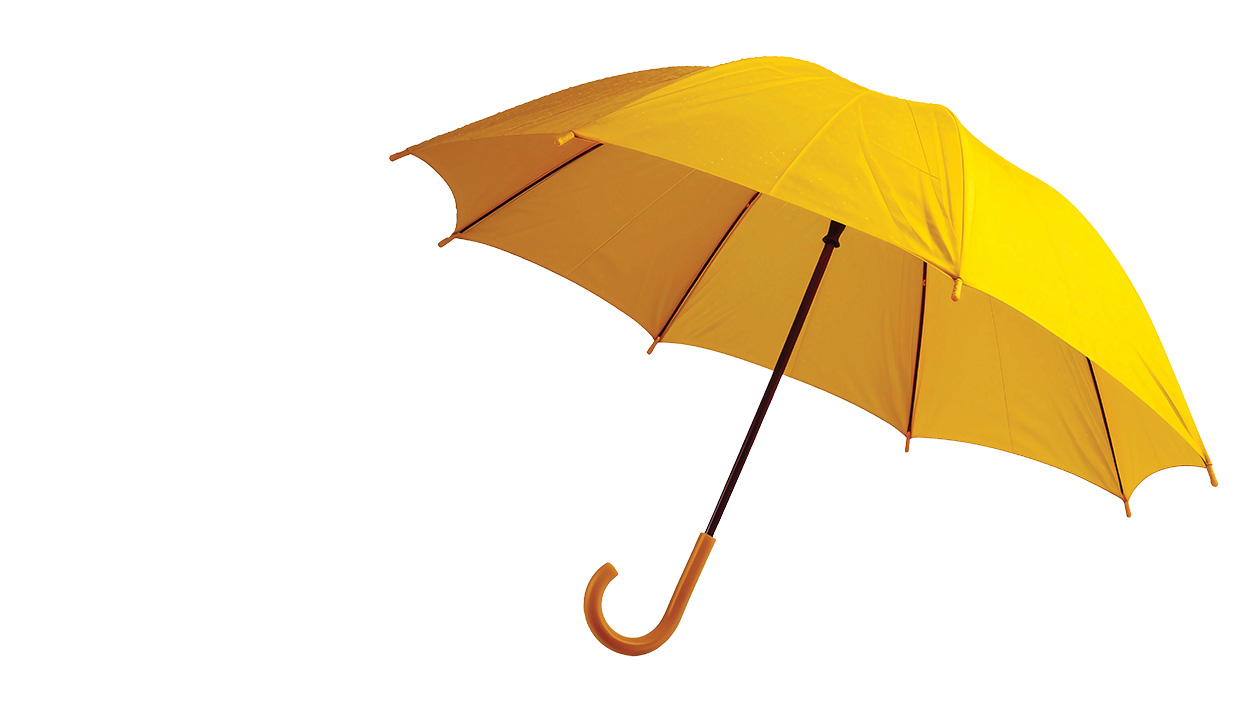[gap height=”20″]I recently eased into my lounge chair with my iPad and a cold, Arnold Palmer (half sweet tea/half lemonade), and as I began perusing the Internet, I almost spit out my first sip. I came across an article claiming, “Jersey is the skin cancer capital of the world.” Huh?
[gap height=”20″]I tried to rationalize the concept and simply could not wrap my head around it.
[gap height=”20″]Well, I guess the Jersey Shore sees a pretty good number of folks who regularly bask on the beach in the unregulated, high-UV, natural sunlight without the recommended application and re-application of appropriate SPF products. Then, I moved on and thought of all the youngsters and parents (maybe even infants) getting blasted with high levels of strong UV throughout the summer as they enjoy leisure time at pools and lakes, ballfields and parks. Hmmm … perhaps this article is right about these folks in Jersey.
[gap height=”20″]The “Jersey” folks getting skin cancer certainly could not be any of those who weigh the risk/benefit of UV exposure and choose to get it at a professional indoor tanning facility, enjoying moderate exposures delivered according to their individual skin types and controlled by a timer system that minimizes the risk of overexposure and sunburn … it couldn’t be them!
[gap height=”20″]Well hello, Joe. It is Jersey – as in Jersey, the largest of the Channel Islands between Britain and France. Jersey – all five miles wide and nine miles long of it. Jersey – where inhabitants number 100,800 at last count. Jersey – the island where all license plates start with the letter “J,” and that gets more sunshine than the other British islands. (Oh, that Jersey!)
[gap height=”20″]The sunny island may in fact, be the rightful owner of this distinction, as new research suggests that 88 Jersey inhabitants were diagnosed with melanoma in 2014. This would elevate them above New Zealand, the previous leader listing 55 diagnosed with melanoma per 100,000 inhabitants.
[gap height=”20″]At this point, I must create a frame of reference for our readers. Let’s consider the largest football stadium in the U.S. – up in Ann Arbor, MI, the home of the University of Michigan and “The Big House” that holds over 109,000 people. In your mind, take a Google Earth shot from high above the stadium. Then, zoom down to a group of 88 of those fans: that will give you a “picture” of the incidence of melanoma in those Jersey-ites.
[gap height=”20″]Note that the research excludes the ages and genders of those people. In the U.S., the average age at which melanoma is detected is 63, and overwhelmingly occurs in males. The American Cancer Society points out that it is not uncommon for females age 30 to have melanoma, and many media sources suggest that indoor tanning is the reason. Perhaps; but it should be noted that the latency period for melanoma and skin cancer can be as long as ten, 20 or 30 years.
[gap height=”20″]As for tanning salon best practices, you must ask each of your guests if skin cancer is in their family health history, and accurately assess their skin type. For those with Skin Type I, suggest a spray-tan; they should avoid overexposure to all sources of UV, whether indoors or outdoors.
[gap height=”20″]Do the right thing … your guest’s health should be your concern!
[gap height=”20″]As for tanning salon best practices, you must ask each of your guests if skin cancer is in their family health history, and accurately assess their skin type.



























